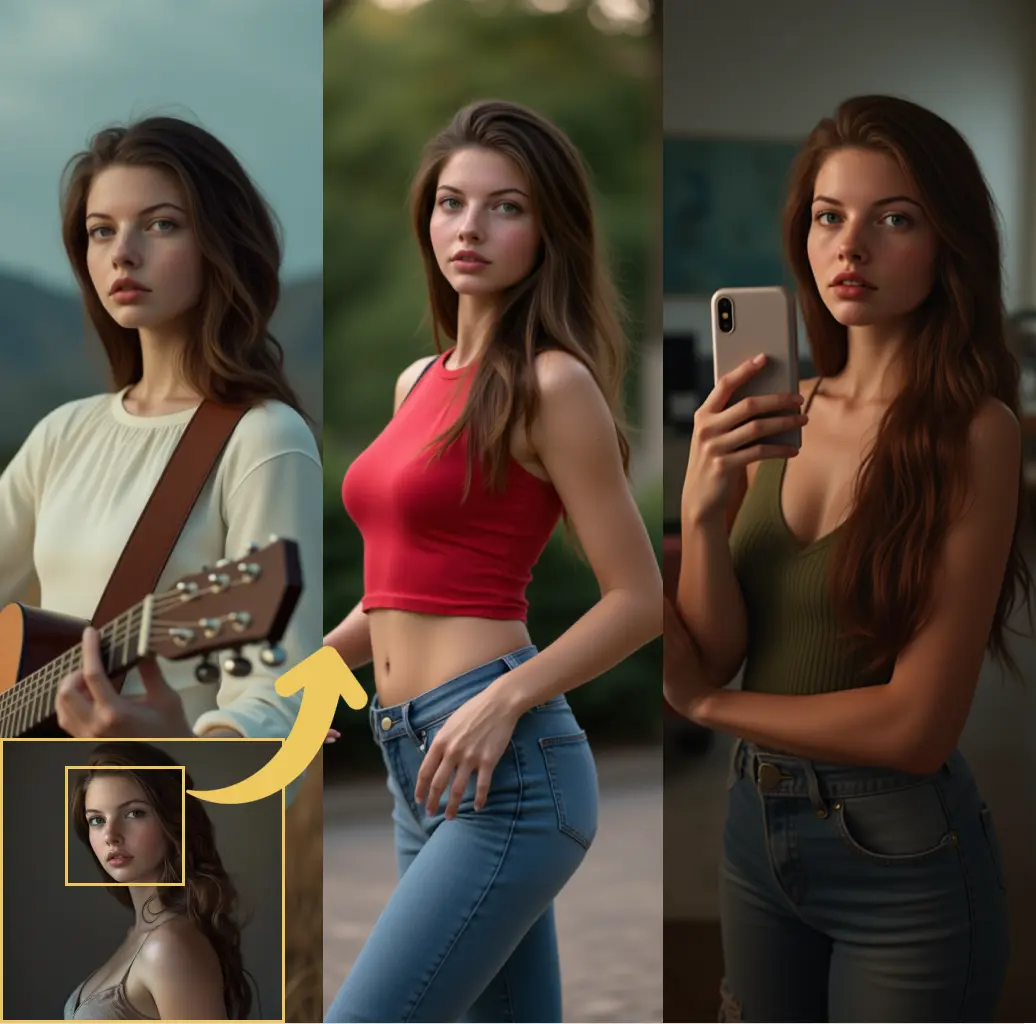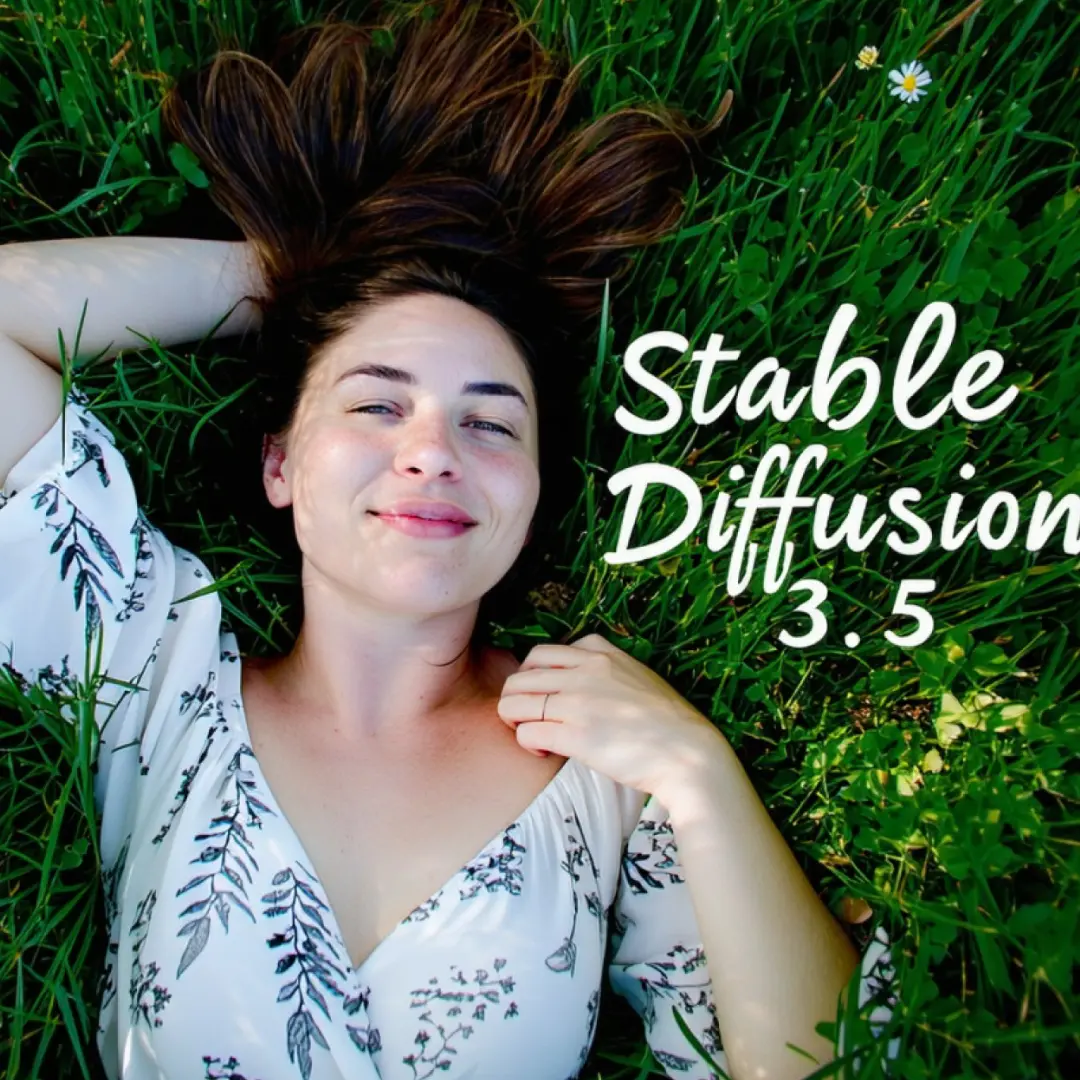ComfyUI Node: Video Interlaced Upscaler
VideoInterlaced
Categoryimage/upscaling
DriftJohnson (Account age: 4052days) Extension
DJZ-Nodes Latest Updated
2025-04-25 Github Stars
0.04K
How to Install DJZ-Nodes
Install this extension via the ComfyUI Manager by searching for DJZ-Nodes- 1. Click the Manager button in the main menu
- 2. Select Custom Nodes Manager button
- 3. Enter DJZ-Nodes in the search bar
Visit ComfyUI Online for ready-to-use ComfyUI environment
- Free trial available
- 16GB VRAM to 80GB VRAM GPU machines
- 400+ preloaded models/nodes
- Freedom to upload custom models/nodes
- 200+ ready-to-run workflows
- 100% private workspace with up to 200GB storage
- Dedicated Support
Video Interlaced Upscaler Description
Simulate interlacing effect in video with field manipulation for vintage aesthetic and broadcast standards.
Video Interlaced Upscaler:
The VideoInterlaced node is designed to simulate the interlacing effect commonly found in older video formats, where two fields are combined to create a single frame. This node is particularly useful for artists and developers looking to recreate the nostalgic look of interlaced video or to process video data in a way that mimics traditional broadcast standards. By manipulating even and odd fields, the node can blend, bob, or weave these fields together, offering flexibility in how the interlacing is applied. Additionally, it provides options for edge enhancement and motion compensation, allowing for refined control over the final output. This node is essential for projects that require a vintage video aesthetic or need to process video data in a specific interlaced format.
Video Interlaced Upscaler Input Parameters:
frame
The frame parameter is a tensor representing the video frame to be processed. It serves as the primary input for the interlacing operation, where the frame is divided into even and odd fields. The quality and resolution of this input frame directly affect the final interlaced output.
target_height
The target_height parameter specifies the desired height of the output interlaced frame. It is crucial for scaling the input frame to the appropriate size, ensuring that the interlacing effect is applied correctly. The value should match the intended display resolution.
target_width
Similar to target_height, the target_width parameter defines the width of the output frame. It ensures that the frame is resized appropriately before the interlacing process, maintaining the aspect ratio and visual integrity of the video.
field_order
The field_order parameter determines the sequence in which the even and odd fields are processed. Options typically include "top_first" or "bottom_first," which dictate whether the even or odd field is prioritized. This setting is important for achieving the correct visual effect, especially when matching specific broadcast standards.
blend_factor
The blend_factor parameter controls the degree of blending between the even and odd fields. A higher blend factor results in a smoother transition between fields, which can be useful for reducing flicker or creating a more cohesive image. The value typically ranges from 0 to 1, with a default around 0.25.
Video Interlaced Upscaler Output Parameters:
interlaced
The interlaced output is a tensor representing the final interlaced video frame. This output combines the processed even and odd fields according to the specified parameters, resulting in a frame that mimics the appearance of traditional interlaced video. The quality and characteristics of this output depend on the input parameters and the chosen interlacing method.
Video Interlaced Upscaler Usage Tips:
- Experiment with different
field_ordersettings to achieve the desired visual effect, especially if you are trying to match a specific broadcast standard. - Adjust the
blend_factorto control the smoothness of the transition between fields. A higher value can help reduce flicker in fast-moving scenes. - Utilize the
edge_enhancementoption to sharpen the interlaced output, which can enhance the visual clarity of the final video.
Video Interlaced Upscaler Common Errors and Solutions:
"Invalid frame dimensions"
- Explanation: This error occurs when the input frame does not match the expected dimensions for processing.
- Solution: Ensure that the
frameparameter is correctly sized according to thetarget_heightandtarget_widthparameters before processing.
"Unsupported field order"
- Explanation: The specified
field_orderis not recognized by the node. - Solution: Verify that the
field_orderis set to either "top_first" or "bottom_first" and adjust accordingly.
"Blend factor out of range"
- Explanation: The
blend_factoris set outside the acceptable range of 0 to 1. - Solution: Adjust the
blend_factorto a value within the 0 to 1 range to ensure proper blending of fields.
Video Interlaced Upscaler Related Nodes
RunComfy is the premier ComfyUI platform, offering ComfyUI online environment and services, along with ComfyUI workflows featuring stunning visuals. RunComfy also provides AI Playground, enabling artists to harness the latest AI tools to create incredible art.




